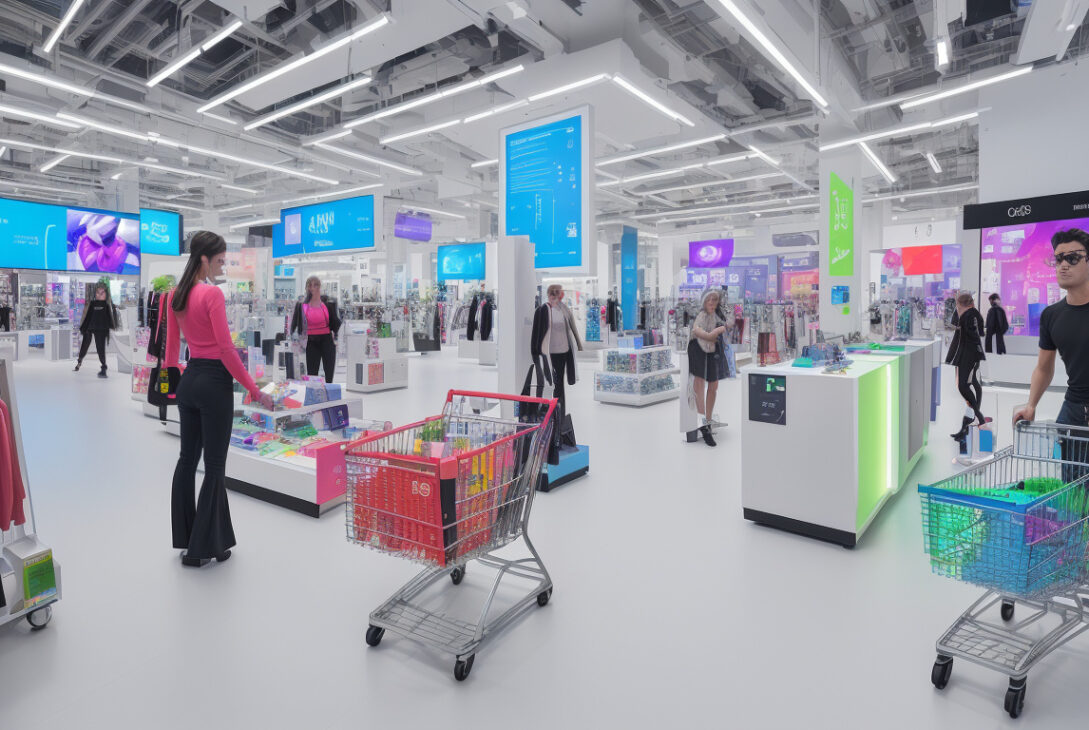Technology Primer: Building the Digital Foundation for Retail Transformation
In today’s rapidly evolving retail landscape, digital transformation is no longer optional but essential for survival and growth. Retailers worldwide are embracing technology at a fundamental level to meet changing consumer behaviors, optimize operations, and innovate business models. S&P Global delves into how building a robust digital foundation forms the cornerstone of retail transformation, enabling companies to adapt and thrive amid constant disruption.
Embracing a Digital-First Mindset
The shift toward digital transformation in retail necessitates a digital-first mindset, where technology is integrated deeply into all aspects of the business. From inventory management to customer engagement, retailers who successfully embed digital solutions can enhance efficiency, improve decision-making, and deliver personalized experiences.
S&P Global highlights that companies investing strategically in digital infrastructure—such as cloud computing, data analytics, and AI—position themselves to respond rapidly to market shifts and consumer demands. This agility is vital in an industry where e-commerce growth, omnichannel strategies, and supply chain complexities redefine competitive advantage.
Key Technologies Driving Retail Innovation
Several technologies are pivotal in constructing a sustainable digital foundation in retail:
-
Artificial Intelligence and Machine Learning: These enable retailers to analyze vast amounts of data for customer insights, demand forecasting, and personalized marketing.
-
Cloud Computing: Offering scalability and flexibility, cloud platforms support online storefronts, mobile apps, and backend systems while reducing IT costs.
-
Data Analytics: Advanced analytics tools help retailers monitor trends, optimize pricing, and enhance inventory management.
-
Internet of Things (IoT): IoT devices improve supply chain visibility, streamline in-store operations, and facilitate interactive customer experiences.
S&P Global’s insights emphasize that integrating these technologies into coherent digital ecosystems provides retailers with comprehensive control and strategic foresight.
Challenges and Strategies in Digital Transformation
While the benefits of digital transformation are clear, retailers face challenges that must be carefully navigated. Data security, legacy systems integration, and workforce adaptability are common hurdles. S&P Global advises that success requires a clear roadmap, leadership commitment, and continuous investment in talent development.
Furthermore, partnering with technology providers and leveraging external data resources can accelerate transformation efforts. Retailers must also balance innovation with regulatory compliance and sustainability goals, ensuring that technology adoption aligns with broader corporate values.
The Future of Retail: Digital at the Core
The digital foundation laid today paves the way for future retail ecosystems characterized by greater personalization, efficiency, and resilience. S&P Global views technology as a vital enabler of sustainability initiatives, enabling retailers to track environmental impact and meet consumer expectations for ethical business practices.
As retail continues to evolve, digital transformation will remain a dynamic journey. Companies that prioritize foundational technology investments and adapt continuously are better equipped to capture new opportunities and maintain competitive relevance in an increasingly digital marketplace.
For more information on digital transformation in retail and other industry insights, visit S&P Global’s Market Intelligence and Technology & AI divisions.










